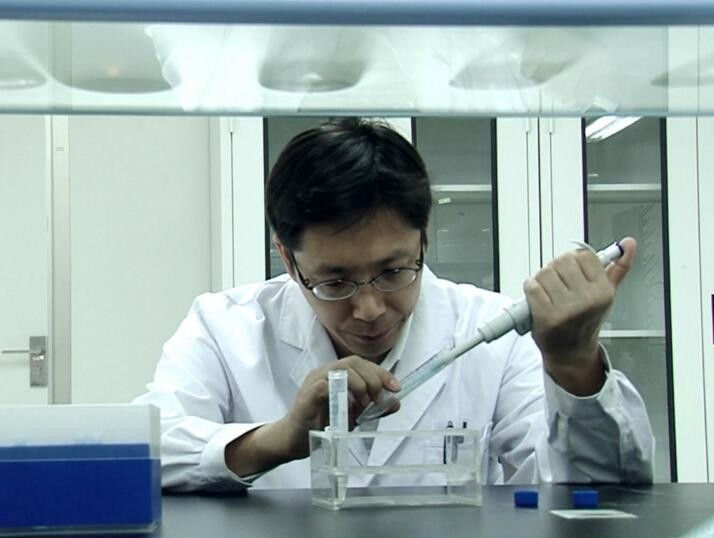The Huang Bo team of the Institute of Basic Medical Sciences of the Chinese Academy of Medical Sciences & Peking Union Medical College recently discovered that tumor cell-derived microparticles (a 100-1000 nm vesicle) encapsulating chemotherapeutic drugs can effectively reverse the drug resistance of tumor regenerative cells. It provides a potential means to overcome the drug resistance of clinical tumors, and opens up a new way for tumor biotherapy. The related research results are entitled "Reversing drug resistance of soft tumor-repopulating cells by tumor cell-derived chemotherapeutic microparticles". On May 10th, it was published online in Cell Research magazine. Two postdoctoral fellows, Ma Weiwei and Zhang Yi, are the first and the first author of this article. Tumor-repopulating cells (or tumor stem cells) are the seed cells of tumorigenesis and are the root cause of tumor resistance. Finding effective treatment methods, reversing its drug resistance and killing tumor regenerative cells is extremely important for improving the prognosis of clinical cancer patients and improving survival rate. When cells are apoptotic or stimulated, the cell membrane can wrap the contents of the cell, forming a vesicle structure called a microparticle, which is released outside the cell. The Yellow Wave team began research work on microparticles in 2009, especially the research on inflammatory immune and tumor microparticles released by cells. It not only confirmed that tumor cell-derived microparticles have the function of tumor vaccine, but also found tumor cells. Source microparticles can be used as novel carriers to target oncolytic viruses and chemotherapeutic drugs. The drug-loaded tumor microparticles found in this study reversed the drug resistance of tumor-regenerating cells, and the mechanism is that the tumor-regenerating cells are softer than the differentiated tumor cells, thereby being more easily deformed and efficiently ingesting drug-loaded microparticles, however, the microparticles The drug carries the lysosome (a larger vesicle that the cell uses to degrade the waste) and mediates the movement of the lysosome to the nucleus (similar to the cell's command), which dissolves in the nucleus attachment. The enzyme unloads the drug and promotes nuclear transport of the chemotherapeutic drug. Thus, vesicles and lysosomes act as light rail transports to deliver drugs to the nucleus of tumor regenerative cells. The clarification of this new mechanism is expected to promote the clinical transformation of tumor vesicles as a natural biopharmacological system. Founded in 1990, Cell Research is an internationally renowned journal that publishes original research papers in cell biology and related fields in English. It was published by Nature Publishing Group and now has an impact factor of 12.4. The top 10% of journal rankings. Insect net greenhouse also known as plant and vegetables greenhouse net. Used for prevent the insect fly into the greenhouse during the plant growing, and cover the plants. Key off the approaches that the pests (adult insect) breeding. Effective control of the spread of all kinds of harmful pests spread, such as Cabbage caterpillar, diamondback moth, aphids, flea beetles, Sweet agnates, American leaf miner, literal etc and prevent the harmful of virus spread. Significantly reduced the use of chemical pesticides, so that the planting vegetables good-quality and health. Greenhouse Insect Net,Insect Mesh Netting,Insect Mesh JIANGSU SKYPLAN GREENHOUSE TECHNOLOGY CO.,LTD , https://www.spgreenhouse.com